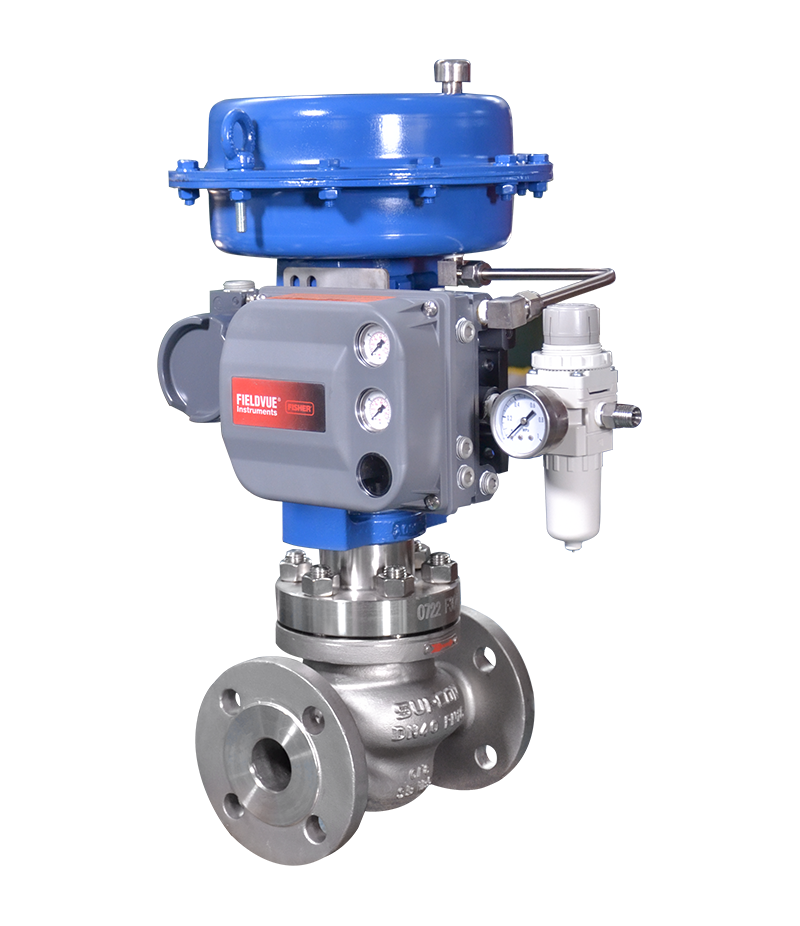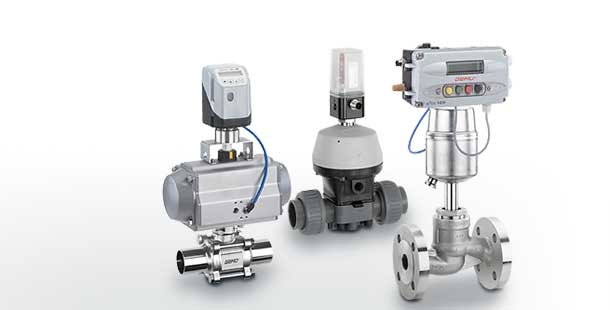Vital Variables to Consider When Choosing Control Valves
Wiki Article

Maximize Power Financial Savings and Comfort With Advanced Building Automation Controls
In the realm of contemporary design and center management, the integration of sophisticated structure automation manages stands as a critical development. The convergence of technology and sustainability has birthed a new age where energy effectiveness, comfort optimization, and operational streamlining are no much longer distant goals but possible facts. By harnessing the power of automation, structures can adjust, react, and progress in methods that were once unimaginable. The possibility for considerable energy financial savings and enhanced convenience is not simply an opportunity however a pledge waiting to be satisfied. This paradigm change in structure administration holds the vital to opening a globe where environmental conscientiousness and occupant well-being harmoniously exist side-by-side within the wall surfaces of our structures.Power Efficiency Advantages
Power efficiency advantages can dramatically decrease power intake and operational prices in buildings. Energy-efficient systems, such as advanced structure automation controls, can optimize the use of sources like home heating, lighting, and air conditioning, leading to lower energy expenses over time.Additionally, boosted energy performance can lengthen the life expectancy of structure devices and systems. By operating much more efficiently, a/c systems, lighting fixture, and various other building elements experience much less damage, resulting in reduced maintenance and substitute prices. In addition, energy-efficient structures frequently regulate higher residential property values and rental prices, offering lasting monetary advantages to owners.
Moreover, power performance can improve occupant comfort and performance. Appropriately controlled interior atmospheres with optimum lights and thermal problems develop a more conducive and positive work area, leading to boosted employee fulfillment and performance. Generally, the energy effectiveness benefits linked with sophisticated building automation controls are diverse, encompassing price savings, environmental stewardship, and owner health.
Improved Comfort Control
Enhancing comfort control in building atmospheres calls for a sophisticated integration of advanced automation systems for ideal resident well-being. By using sophisticated structure automation controls, facilities can customize the indoor environment to meet the details demands and choices of owners. These systems make it possible for accurate policy of lights, air flow, and temperature level, developing a productive and comfortable ambience. Owner contentment and performance are closely connected to thermal comfort, making it necessary to have systems in position that can adapt to changing conditions in real-time.Boosted convenience control surpasses basic temperature changes. It includes attributes such as tailored settings, tenancy sensors, and all-natural light application to produce a responsive and vibrant setting. By including these innovative controls, structures can not just enhance convenience yet also enhance energy performance by enhancing system operations based on actual occupancy and use patterns. Ultimately, prioritizing passenger comfort through innovative automation systems causes a more pleasurable and much healthier interior atmosphere.
Operational Performance Improvements

Additionally, the execution of real-time tracking and analytics devices makes it possible for structure drivers to recognize power inefficiencies and operational abnormalities promptly. By continually monitoring energy use patterns and system performance metrics, modifications can be made in real-time to maximize power intake and make certain peak functional performance. control valves. In addition, integrating need response strategies right into structure automation controls can even more improve operational effectiveness by dynamically readjusting energy use based upon grid conditions and prices signals
Indoor Climate Optimization
Reliable indoor environment optimization is an essential aspect of building automation controls, guaranteeing passengers' convenience and well-being while optimizing energy cost savings. By utilizing sophisticated sensing units and controls, building automation systems can continuously keep track of and adjust temperature level, humidity levels, air quality, and ventilation to produce an optimal indoor environment. Preserving comfortable and consistent conditions not just improves resident contentment yet additionally increases productivity and overall well-being.Indoor environment optimization also plays a vital function in power performance. By fine-tuning air conditioning, heating, and ventilation systems based on real-time information and tenancy patterns, constructing automation controls can dramatically lower energy usage - control valves. Executing techniques such as demand-controlled air flow and thermal zoning can aid decrease energy waste while guaranteeing that each location of the structure receives the essential conditioning.

Lasting Setting Production
Building automation controls not just optimize indoor climate problems for energy effectiveness and owner comfort but also lay the structure for producing a sustainable environment with strategic monitoring of sources and systems. By integrating sophisticated structure automation innovations, such as sensing units, actuators, and intelligent software program, centers can keep an eye on and adjust power use in real-time to decrease waste and decrease their carbon impact. These systems allow predictive upkeep, identifying potential problems prior to they escalate and enhancing devices performance to boost durability and performance.Moreover, lasting atmosphere creation expands beyond power administration to incorporate water conservation, waste reduction, and indoor air quality renovation. Structure automation controls can control water usage, spot leaks, and ensure appropriate garbage disposal practices, adding to overall sustainability efforts. In addition, by monitoring and managing ventilation and filtration systems, these modern technologies improve passenger health and wellness and performance while lowering power usage connected with cooling and heating operations.
Verdict
To conclude, advanced building automation regulates deal considerable advantages in terms of energy financial savings, convenience control, operational effectiveness, interior climate optimization, and producing a sustainable environment. By applying these controls, structures can achieve optimal performance while decreasing energy consumption and enhancing owner convenience. It appears that the usage of sophisticated automation technology is essential in boosting structure efficiency and creating an extra sustainable future.Power performance benefits can considerably lower energy consumption and operational costs in structures. In general, the energy effectiveness benefits linked with innovative structure automation controls are complex, including price savings, ecological stewardship, and resident well-being.
Additionally, integrating need feedback approaches into building automation controls can better improve functional efficiency by dynamically adjusting power usage based on grid conditions and rates signals.
Building automation manages not only optimize indoor climate conditions for power performance and passenger comfort but additionally lay the structure for producing a sustainable environment with calculated administration of systems and sources.In verdict, advanced structure automation regulates offer considerable advantages in terms of energy savings, comfort control, go to these guys functional performance, indoor climate optimization, and look at this site creating a lasting atmosphere.
Report this wiki page